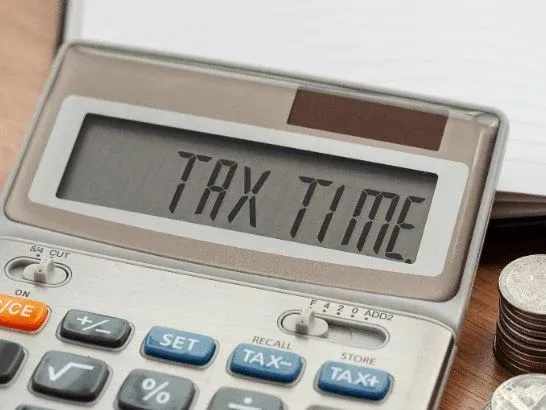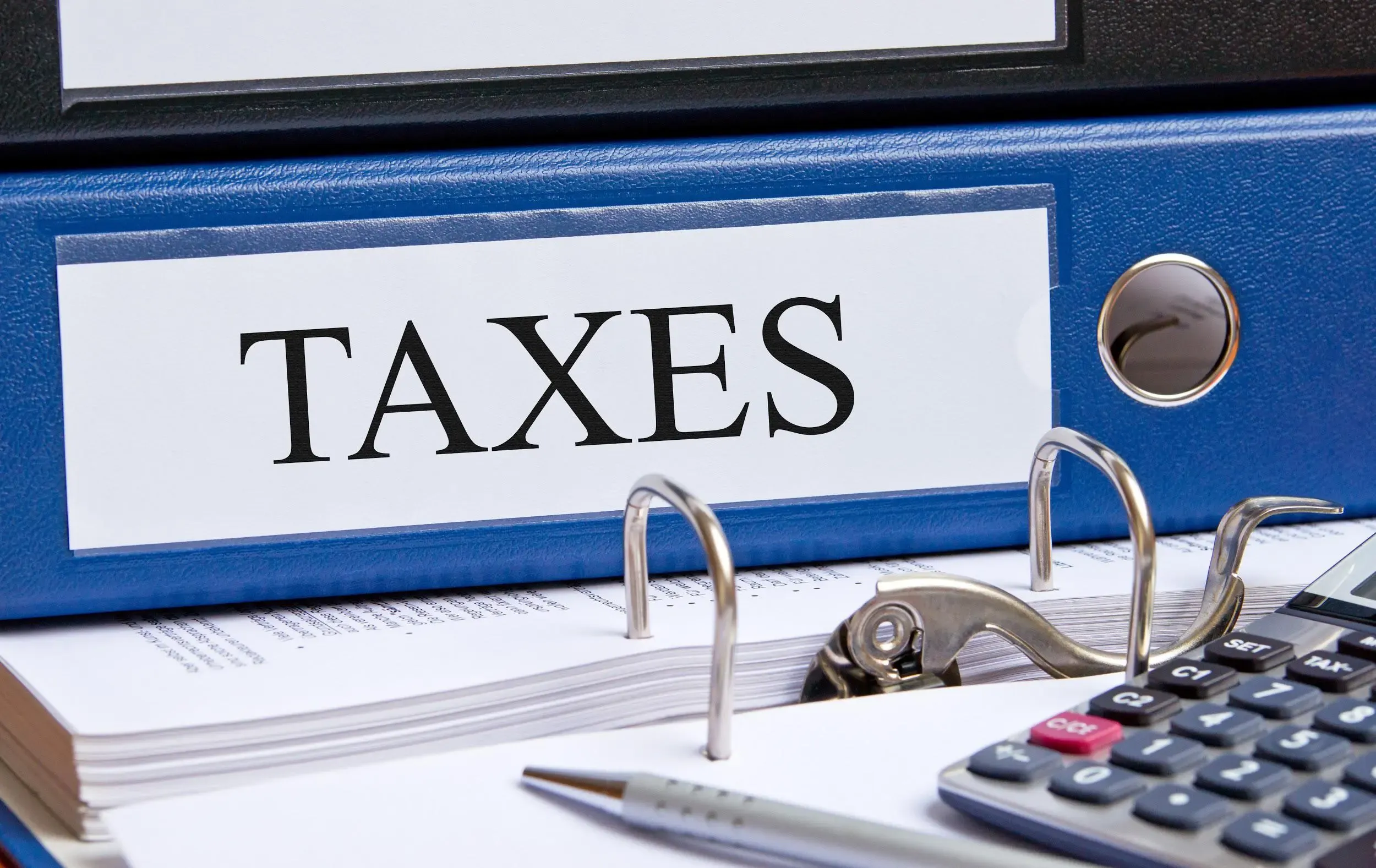TDS Full Form & Meaning: Everything You Need to Know
Written by
Reviewed by

Bhaskar Sinha
Insurance Expert
8+ years of experience in Life Insurance with expertise in Developing Life and Health Products, Digital Sales, Conducting effective trainings and Key Account Management.
TDS Meaning and TDS Full Form
TDS is a direct taxation mechanism which was introduced to collect taxes from the source of income itself or at the time of income payout. TDS full form is Tax Deducted at Source. Under this mechanism, if a person (deductor) is liable to make payment to any other person (deductee) will deduct tax at source and transfer the balance to the deductee. The TDS amount deducted will be remitted to the Central Government. Deductee can check the Tax Deducted at Source (TDS) amount in the Form Form 26AS or TDS Certificate issued by the deductor.
TDS helps in keeping a check on tax evasion. Not only this, in this mechanism, taxpayer is not required to pay a lumpsum amount as annual tax at the end of the financial year.
To understand TDS meaning better, let’s take an example. If the nature of payment is professional fees and the specified tax rate is 10%. ABC Ltd makes a payment of Rs 20,000/- towards professional fees to Mr. X, then ABC Ltd shall deduct a tax of Rs. 2,000/- and make a net payment of Rs. 18,000/- (20,000/- deducted by Rs. 2,000/-) to Mr. X. They will directly deposit the amount of Rs. 2,000/- deducted by ABC Ltd to the credit of the government.

What are the TDS rates?
The Indian Tax System has around 20 to 25 sections that govern different types of payments on which TDS is applicable. Here are a few common types of payments on which tax is to be deducted at source along with the relevant section and TDS rates applicable.
| Section | Payment Type | Rate (%) |
|---|---|---|
| Sec 192 | Salary Income |
No specific rate (Average rate to be calculated on the basis of existing slab rate in force) |
| Sec 194 | Dividend u/s 2(22) | 10 |
| Sec 194 A | Interest Income (other than that on securities) | 10 |
| Sec 194 C | Payment/ credit to a resident contractor or sub-contractor |
1 (for HUF and individuals) 2 (for others) |
| Sec 194 D | Insurance Commission |
5 (for HUF and individuals) 10 (for others) |
| Sec 194 G | Commission on sale of lottery tickets | 10 |
| Sec 194H | Commission or Brokerage | 5 |
| Sec 194-I | Rental Income received |
2 (from plant, machinery or equipments) 10 (from furniture or fixtures, land and building) |
| Sec 194-IA | Transfer of any immovable property (other than rural land) | 1 |
| Sec 194 J | Royalty, technical or Professional fees or remuneration to a director | 10 |
| Sec 194LA | Acquisition of any specific immovable property | 10 |
Calculate your Income Tax
Overall Summary
Congratulations!
- 100% Guaranteed returns*#
- Save tax up to Rs. 46,800##
What are the rules for Tax Deducted at Source?
There are rules concerning not just income tax return filing return filing but also concerning TDS. If an individual or organization meets with these rules adequately, they will be able to avoid penalty, fees or interest. The main rules related to TDS are:
- One of the first essential rules is that Tax Deducted at Source needs to be deducted at the time when the payment either gets due or when the actual amount is made, whichever is earlier
- Delay in TDS deduction will attract interest @ 1% per month until the tax is deducted
- Every person, whether an employer or otherwise, needs to credit the tax deducted to the government’s account by the 7th day of the following month
- In case of late or non-payment of TDS, an interest @ 1.5% per month will be levied until the tax has not been deposited
TDS Payment Due Dates
Every employer or deductor, who deducts the TDS from any employee or individual providing any professional service, is required to credit the tax deducted at source to the Central Government’s account before the specified due date. The monthly due date for TDS payment is as below:
| Month | Due date |
|---|---|
| April | On or before 7th of May |
| May | On or before 7th of June |
| June | On or before 7th of July |
| July | On or before 7th of August |
| August | On or before 7th of September |
| September | On or before 7th of October |
| October | On or before 7th of November |
| November | On or before 7th of December |
| December | On or before 7th of January |
| January | On or before 7th of February |
| February | On or before 7th of March |
| March | On or before 30th of April |
TDS Returns
TDS returns need to be filed every quarter. In case of late or non-filing of the return, a fine or fees of Rs. 200/- per day under section 234E of the TDS in Income Tax Act, 1961 until you finally file the return. However, this sum should not exceed the amount of tax to be paid. Following are the due dates of filing TDS returns:
| Quarter | Quarter Period | Due date to file TDS return |
|---|---|---|
| 1st Quarter | April to June | On 31st of July of the same FY |
| 2nd Quarter | July to September | On 31st of Oct of the same FY |
| 3rd Quarter | October to December | On 31st of Jan of the same FY |
| 4th Quarter | January to March | On 31st of May next financial year |

How much tax needs to be deducted from salary?
One of the most common types of payment made by individuals is salary to employees. As per the current laws governing income tax, there is no fixed rate of TDS deduction from salary income. It depends on the income tax slabs applicable to the employee’s taxable income. The employer then calculates the tax liability based on the 'Average rate of Income Tax.'
The average rate refers to the total tax liability divided by the total income of the employee. To arrive at the total tax liability, the employer will consider any investment made by the employee before deducting tax on salary.
- Exemption: No tax to be deducted at source unless the estimated salary exceeds the basic exemption limit.
- Exempted allowances: Allowances such as Leave Travel Concession (LTC), House Rent Allowance (HRA), conveyance, travelling are considered as exemptions as per prescribed limits. Further, other perquisites not forming part of the salary should be deducted from the employee’s total salary while calculating taxable salary.
- Other Deductions: There are other deductions such as ones under Section 80C, 80CCC, 80CCD, 80CCG, 80D, 80DD, 80DDB, 80E, and 80EE. which should be considered at the time of calculation of Annual Income and Tax Deducted at Source.
- Note: Individual will be required to invest and declare these deductions to claim the same.

Will the TDS amount change during the Financial Year?
Under the usual case, the employer deducts TDS based on the employee's net taxable income. It means the amount of gross taxable income minus tax-saving deductions (according to the information shared by employees) under sections 80C to 80U.
Since the calculation of the average rate of TDS in income tax is based upon declarations made by the employee and employee’s forecasted salary for the upcoming period, it may change the following circumstances:
- Any bonus or increment received by an employee during the year which has resulted in an increase in their income and therefore, taxes payable
- Submission of tax-saving investment proofs that were earlier not submitted
- The actual tax-saving investment amount is less than the declaration made by the employee at the beginning of the year
- In case the employee switches to a new job
In such cases, the additional TDS will be deducted in later months to compensate for the lower deduction earlier. Similarly, if due to any reason, the employer has deducted a higher rate of TDS, he will deduct lower TDS in the following months to average out the total TDS.

How to apply for a TDS refund?
A major misconception that many individuals have is that excess TDS refund is different from that of income tax refund. However, according to the Indian Tax System, there is only one type of return that you claim at the time of filing your annual income tax return.
For filing your TDS refund, it is compulsory to quote bank account details such as account number and IFSC code. Failing to do so will not generate a valid file for you. In case if someone deducts more tax than he should have deducted, then there will be an income tax refund, which can be claimed upon the filing of the annual income tax return (ITR).
For example, you own a transport agency, and yours is a proprietorship firm. You presented an invoice for Rs. 20,000/- and the person paying freight paid you a net amount of Rs. 19,600/- (after deducting tax of Rs. 1,000/- @ 2% under section 194C). In this case, the tax will be deducted at 2% instead of 1% and hence deducted excess TDS by Rs. 200/-. This excess TDS of Rs. 200 will arise as a refund in the income tax return, according to the Income Tax Act, 1961.
Ensure Proper TDS Deduction
Tax Deducted at Source is an essential legal obligation for everyone earning an income. It ensures that there is no tax evasion as it is levied at the source itself. Every employer, as well as individual, should give proper attention to meeting with this deduction. It is because non-filing or late filing of Tax Deducted at Source will attract penalties and fines.
Along with being aware of how to file ITR, Individuals at their end should share proper documentation with the employer as well as check online for any updates in TDS provisions. It will ensure that your employer makes the right Tax Deducted at Source declaration from your salary income.
To understand how TDS is calculated at your organization’s level, you can use online TDS calculators. The TDS deduction takes place before the stage of Income tax filing online, so make sure that you get it right to stay on track.
More plans for you
ARN NO: June23/Bg/21AA
[1] www.incometaxindia.gov.in/pages/tax-laws-rules.aspx
[2] www.incometaxindia.gov.in/tutorials/24.%20int.%20for%20delay%20in%20pymnt%20of%20tds.pdf
Popular Searches
- Whatsapp: 7428396005Send ‘Quick Help’ from your registered mobile number
- Phone: 0124 648 890009:30 AM to 06:30 PM
(Monday to Sunday except National Holidays) - service.helpdesk@maxlifeinsurance.comPlease write to us incase of any escalation/feedback/queries.
- Whatsapp: 7428396005Send ‘Hi’ from your registered mobile number
- 1860 120 55779:00 AM to 6:00 PM
(Monday to Saturday) - service.helpdesk@maxlifeinsurance.comPlease write to us incase of any escalation/feedback/queries.
- 011-71025900, 011-61329950(9:30 AM to 6:30 PM IST Monday to Saturday)
- nri.helpdesk@maxlifeinsurance.comPlease write to us incase of any escalation/feedback/queries.






